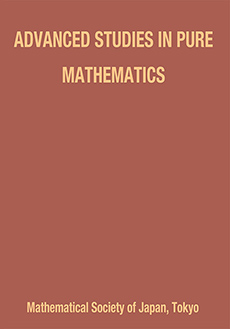Abstract
The paper gives an overview of recent advances in structural equation modeling. A structural equation model is a multivariate statistical model that is determined by a mixed graph, also known as a path diagram. Our focus is on the covariance matrices of linear structural equation models. In the linear case, each covariance is a rational function of parameters that are associated to the edges and nodes of the graph. We statistically motivate algebraic problems concerning the rational map that parametrizes the covariance matrix. We review combinatorial tools such as the trek rule, projection to ancestral sets, and a graph decomposition due to Jin Tian. Building on these tools, we discuss advances in parameter identification, i.e., the study of (generic) injectivity of the parametrization, and explain recent results on determinantal relations among the covariances. The paper is based on lectures given at the 8th Mathematical Society of Japan Seasonal Institute.
Information
Digital Object Identifier: 10.2969/aspm/07710035


